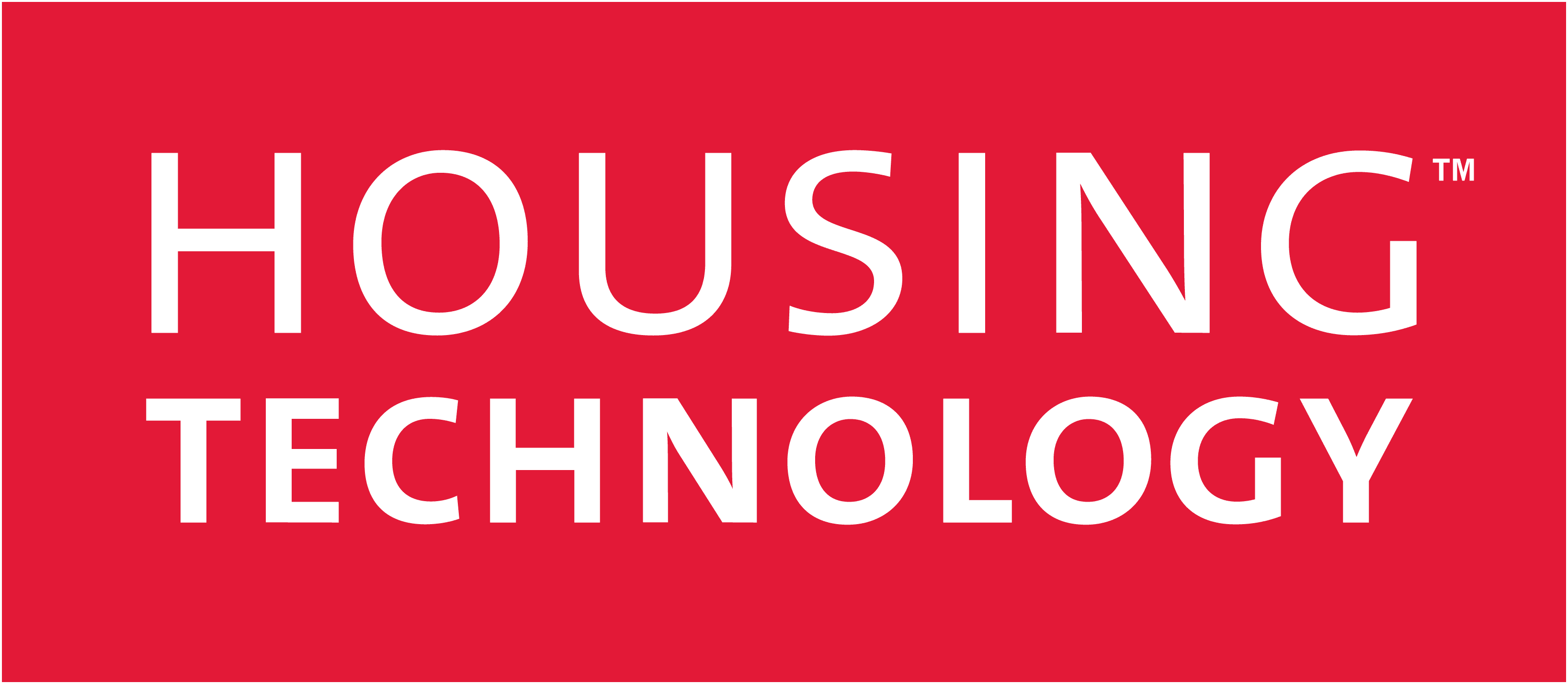In the famous archaeological digs of our time, the spotlight is often stolen by the dramatic discoveries; the glinting treasures of Tutankhamun’s tomb, the haunting terracotta warriors of Xi’an or the intricate frescoes of Pompeii. But ask any seasoned archaeologist and they’ll tell you that the true value of their work lies not in unearthing golden artifacts but in sifting through the everyday remnants of past civilisations to weave together a coherent, detailed narrative of human history.
Data management in housing is much the same. It’s not about the ‘golden’ data that shines brightest in an Excel spreadsheet but the unassuming, everyday data that, when properly examined, can yield rich insights into the operational efficiency, tenant satisfaction and overall success of an organisation. And much like archaeologists, data managers (or should we say, data archaeologists) must dig through layers of ‘soil’ (such as outdated information, irrelevant data points and inaccuracies) to uncover these valuable insights.
With over five million families in social housing in the UK, and each interaction with these tenants generating data, housing providers are sitting on archaeological goldmines of information. Yet many are still in the stone age of data management, with precious insights remaining buried beneath layers of unstructured and unanalysed data.
Cataloguing and preserving data
Data archaeologists don’t just unearth these treasures, they also carefully catalogue and preserve them, ensuring their value isn’t lost over time. For housing providers, this means implementing systems for data governance and quality management; it’s no mean feat to transition from a state of ‘bad’ data to ‘good’ data but the rewards are well worth the effort.
Good data management is akin to having a detailed map of a previously-uncharted territory. It enables housing providers to accurately track tenant information, property details, maintenance requests and more, providing a comprehensive overview of their operations. It can lead to improved efficiency, cost savings and enhanced tenant satisfaction.
From good to bad data
The journey from bad data to good data involves a meticulous process of data cleansing, validation and governance. It’s a bit like dusting off a delicate artifact; a careful, painstaking task that must be carried out with precision and care. But the result? A pristine piece of data that can be examined, analysed and used to make better decisions.
However, one mustn’t overlook the potential pitfalls of this archaeological endeavour. Just as archaeologists must navigate booby-trapped tombs and cursed artifacts (if Indiana Jones is to be believed…), data archaeologists must be aware of the risks of data silos, outdated or inaccurate data and insufficient data security measures.
Shaping the future
In the end, the goal of any good archaeologist, whether they’re digging in the sands of Egypt or the databases of a housing provider, is to use the past to inform the present and shape the future.
The role of data archaeologists will grow in importance. Demand for social housing is increasing, and with it, more efficient, data-driven operations are needed. The treasures unearthed by these data archaeologists will not only drive commercial growth for housing providers but also, more importantly, improve the lives of millions of tenants nationwide.
In this sense, the work of data archaeologists in housing isn’t only about unearthing buried treasures but also about creating a better future. It’s a mission as exciting and meaningful as any archaeological dig, and it’s time we give it the spotlight it deserves.
Here’s to the data archaeologists, the unsung heroes of housing – may you continue to dig deep, uncover insights and shape the future of social housing.
George Grant is the CEO, publisher and co-founder of Housing Technology.


